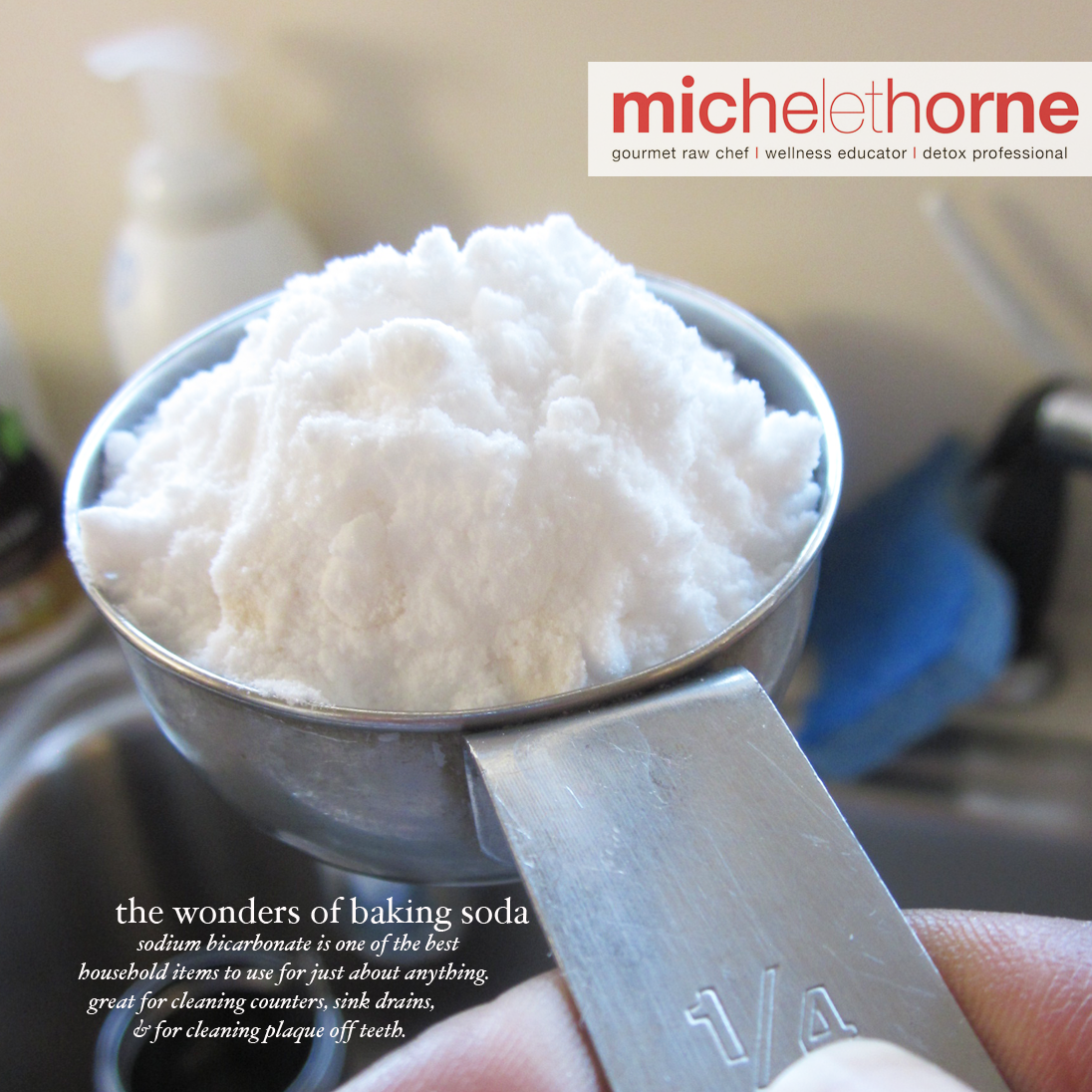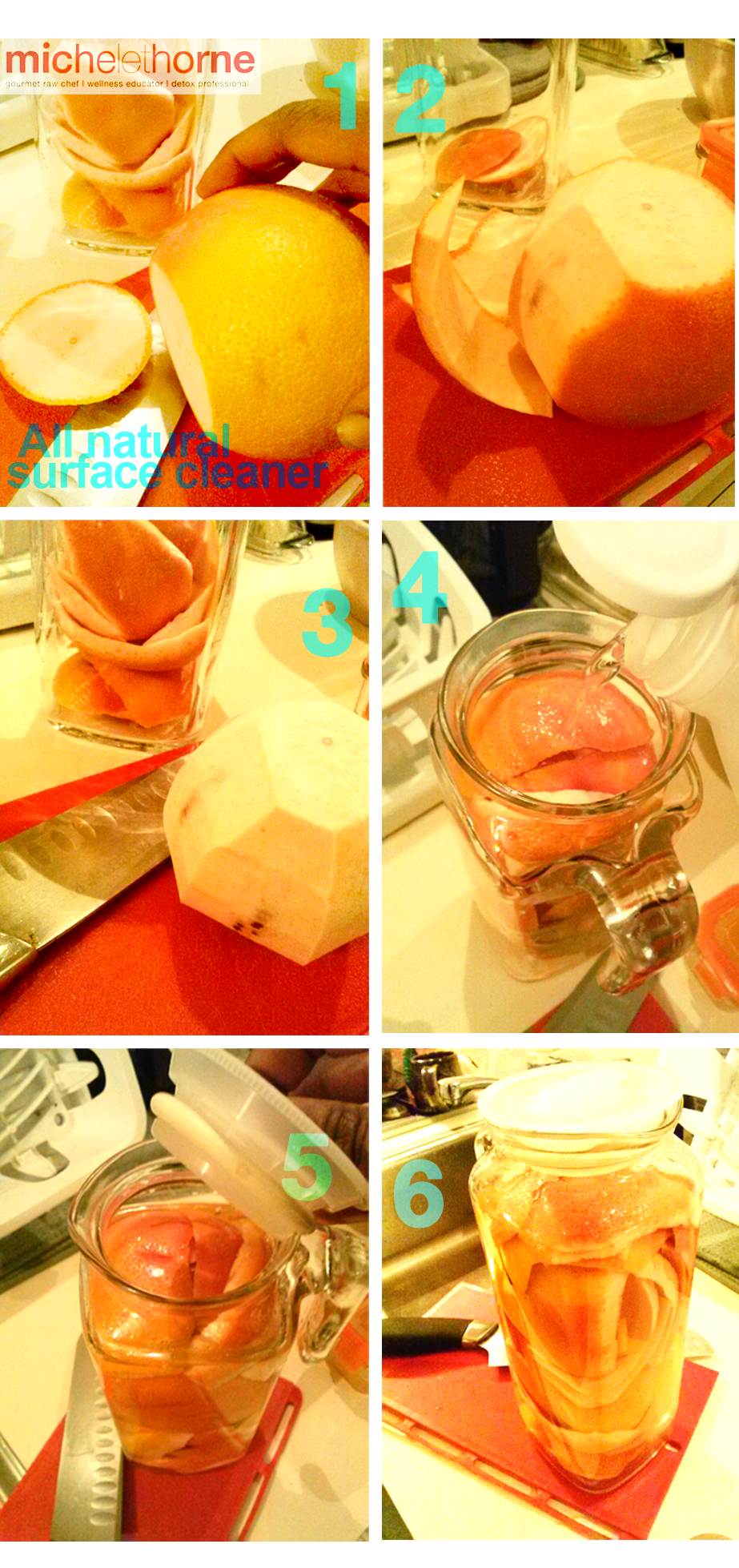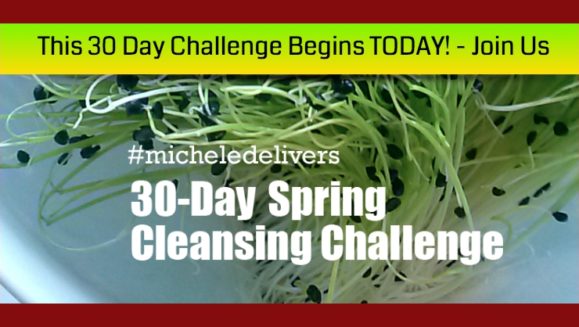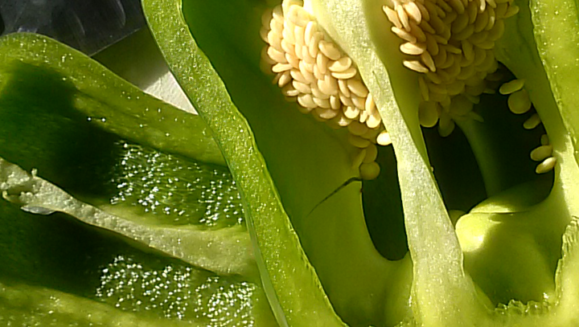
So, here are three of the most common edible items you can use to clean your entire house. You’ll thank me.
CLEANING WITH CITRUS : This is a two-in-one. All citrus contain the essential oils limonene and citrol in their skins, and most of us enjoy their smell and the taste. Citrus fruits contain fiber, folic acid and lots of Vitamin C. One of my favorite recipes for an all-purpose surface cleaner is made with pink grapefruit rinds. After peeling them, use the flesh of the fruit atop a spring salad, you can juice them or just eat them!
It won’t cost you more than $3 for the fruit and another $1 or $2 worth of our next, all natural, edible and powerful household cleaner… distilled white vinegar.

These days, there are more than 100 uses for distilled white vinegar in and around your house to safely kill mold, bacteria and germs, without any harsh or toxic chemicals. One of my favorite ways (beyond making citrus cleaners) to use vinegar is to deoderize the sink drain. It’s becomes a victim of overall food waste buildup. For about 5 minutes, and about $.50 worth of vinegar, all you need to do is pour one cup of hot distilled white vinegar over our next edible household cleaner…baking soda.
BAKING SODA : It’s been around since before Ancient Egypt, and was said to have been used in the mummification process. It is sodium hydrogen carbonate – NaHCO3 …for all you chemistry buffs.
As you’ve read already, placing a cup of it with some vinegar into your sink drain will deoderize the sink. Using baking soda in the laundry has the same effect on soiled and smelly clothes. It’s great for anyone allergic to yeast to use in non-yeasted or unleavened breads. In fact, our bodies produce it naturally to help neutralize the stomach and help with indigestion, as well as neutralize plaque on our teeth.2
Chances are you’ve probably already used toothpaste that had “baking soda” in it, but the real reason baking soda is awesome is, a 4lb box of baking soda will cost you a mere $2.24.3 That’s $.56 p/lb and you certainly wouldn’t be using a pound each time.
Here’s the bonus…mix ¼ C of baking soda with 1 Tbs of liquid soap and add just enough vinegar and mix to make a thick, but creamy texture and voilá! You have yourself some scouring cleanser for way less than five bucks that won’t contaminate you, or the planet.
Look, saving money is the best thing you can do right now. In 2012, the average household spent $610 on laundry and cleaning supplies (that’s $50.83 per month).4 Make your own economic, effective and all-natural household cleaners for one-tenth of that each month. Then, you’ll have at least $40 extra bucks at the end of the month, saving you $480 a year.
I’m sure you could figure out what to do with that on your own. You’re welcome! 🙂
SOURCES :
1. Vinegar Works Wonders Website – 2014; http://www.vinegarworkswonders.com/history.asp
2. Sodium Bicarbonate; Wikipedia http://en.wikipedia.org/wiki/Sodium_bicarbonate
3. Walmart Website; http://www.walmart.com/
4. Bureau of Labor Statistics Website – Average Annual Expenditures and Characteristics of All Consumer Units; Survey 2006 – 2012 PDF; http://www.bls.gov/cex/2012/standard/multiyr.pdf

